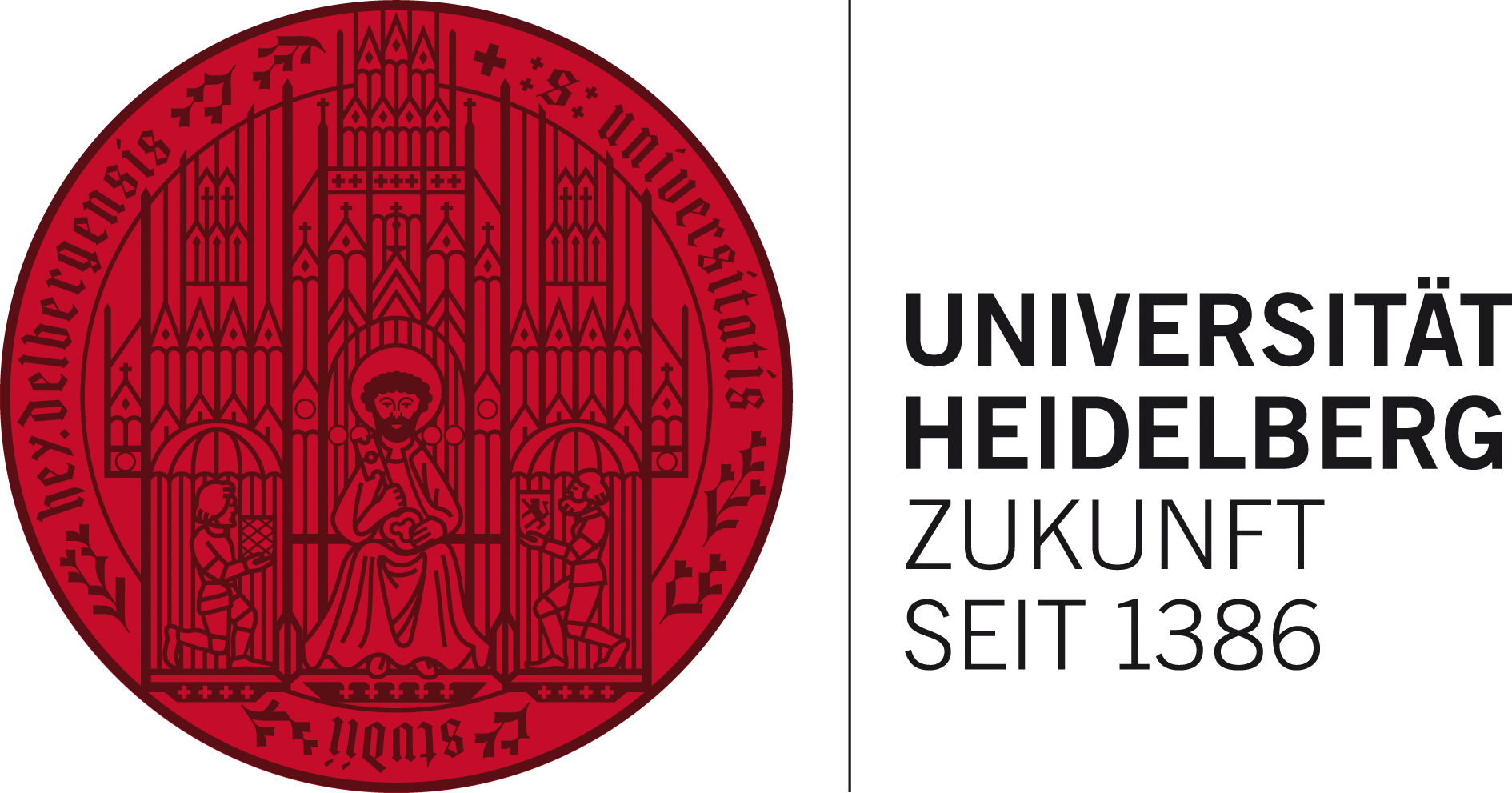Datum und Uhrzeit:
Ort: Seminar room OMZ (U013, INF 350, floor -1)
Title: Advanced Technology Nodes: Applications and Design flow in the Microelectronic Design Research Group at RPTU Kaiserslautern-Landau
Abstract: In this presentation, we will provide an overview of the design activities conducted by the Microelectronic Design Research Group at RPTU Kaiserslautern-Landau. A key focus will be on a DRAM-PHY for LPDDR4 memories, designed using 12nm FinFET technology. We will also detail the corresponding 12nm design flow. This PHY is an important component of the European Processor Initiative. Additionally, we will compare the OpenROAD design flow with a commercial flow for 12nm technology. Finally, we will present a comparative analysis of a baseband building block implemented in both 22nm FDSOI and 12nm FinFET technologies.
CVs: Norbert Wehn received his Diploma, Ph.D., and habilitation degrees from TU Darmstadt in 1984, 1989, and 1995, respectively. From 1991 to 1994, he worked in the central research division of Siemens AG, and from 1994 to 1997, he served as a semiconductor product development manager at Siemens AG. Since 1997, he holds the Chair of Microelectronic System Design in the Department of Electrical Engineering and Information Technology at the University of Kaiserslautern-Landau. He has authored more than 500 publications in various fields of microelectronic system design and holds over 20 patents. Currently, he serves as the Spokesperson for the BMBF initiative “Chip Design Germany.”
Christian Weis received his Ph.D. degree in electrical engineering from the University of Kaiserslautern-Landau in 2014. From 1998 to 2009, he was with Siemens Semiconductor, Infineon Technologies AG, and Qimonda AG, Munich, Germany, in DRAM design. During this time frame, he was involved in DRAM design for graphics and commodity DRAM products. Since 2009, he has been with the Microelectronic System Design Research Group. He is also adjunct assoc. professor at NUST, Pakistan. Dr. Weis has more than 80 publications in different fields of microelectronic design and holds more than 25 patents. His current research interests are VLSI design, DRAM and DRAM controller design, memory reliability, processing–in/near-memory, and physical design in advanced technology nodes.

